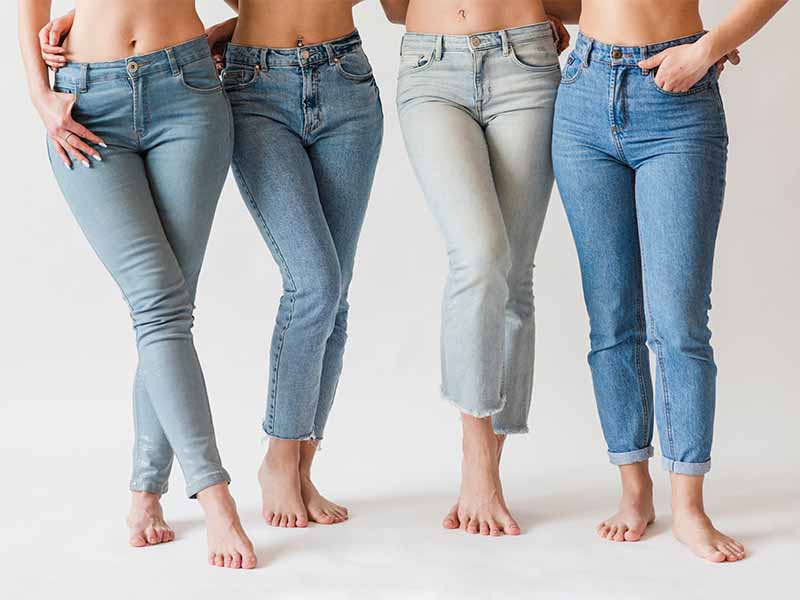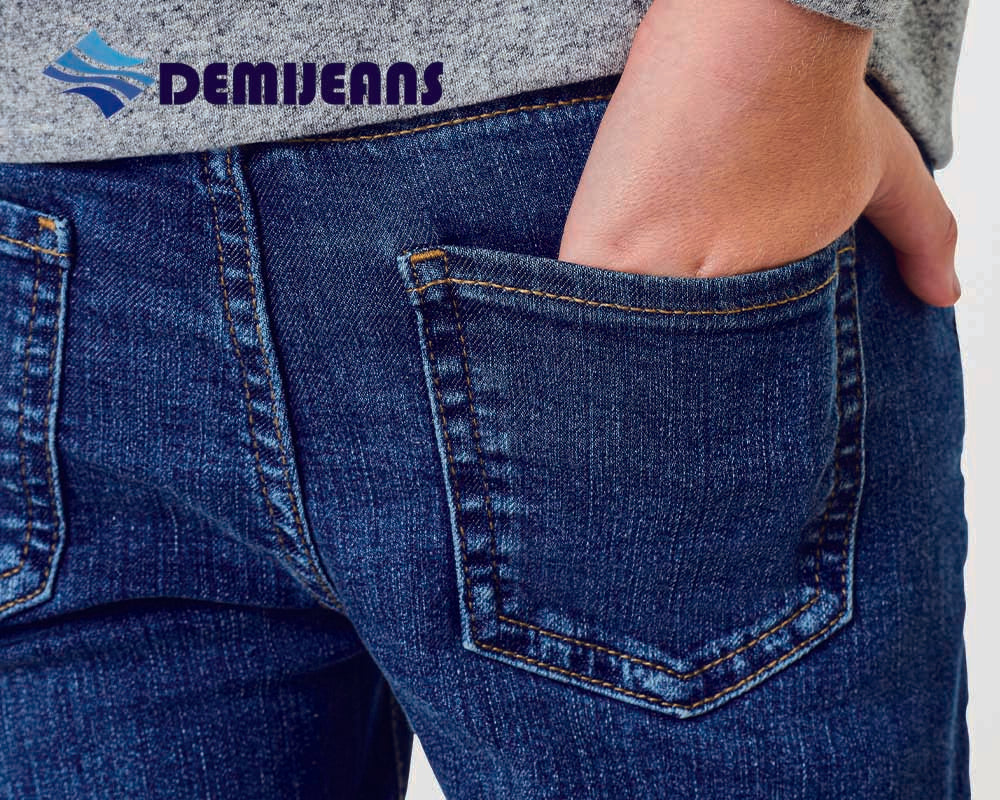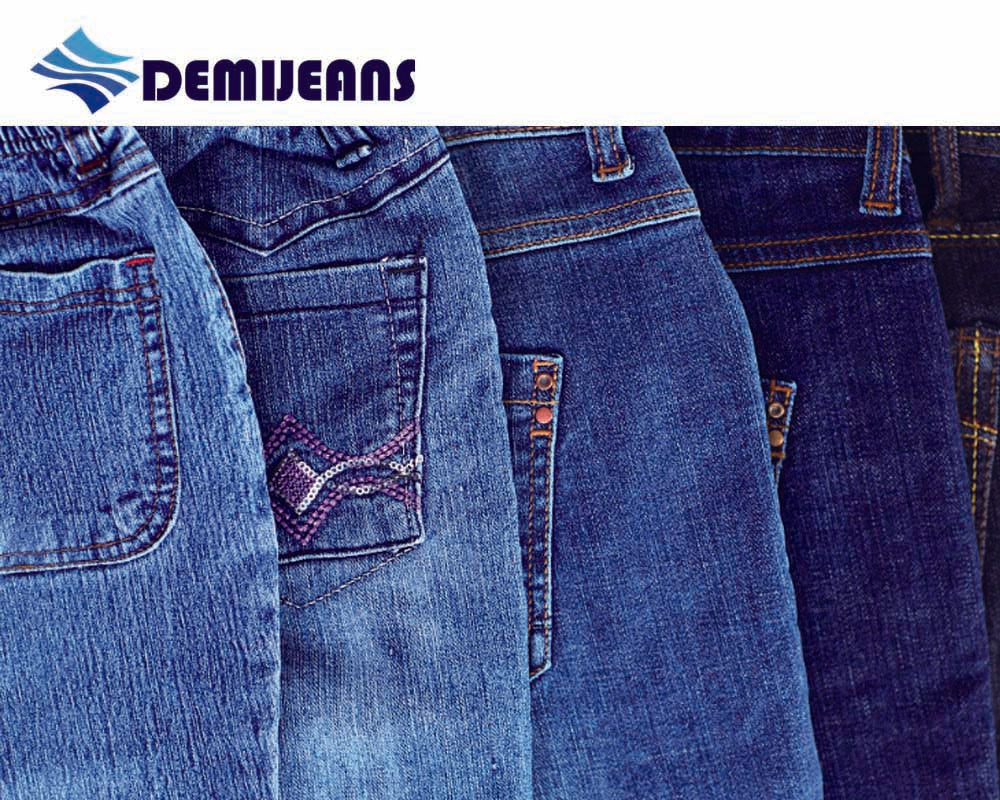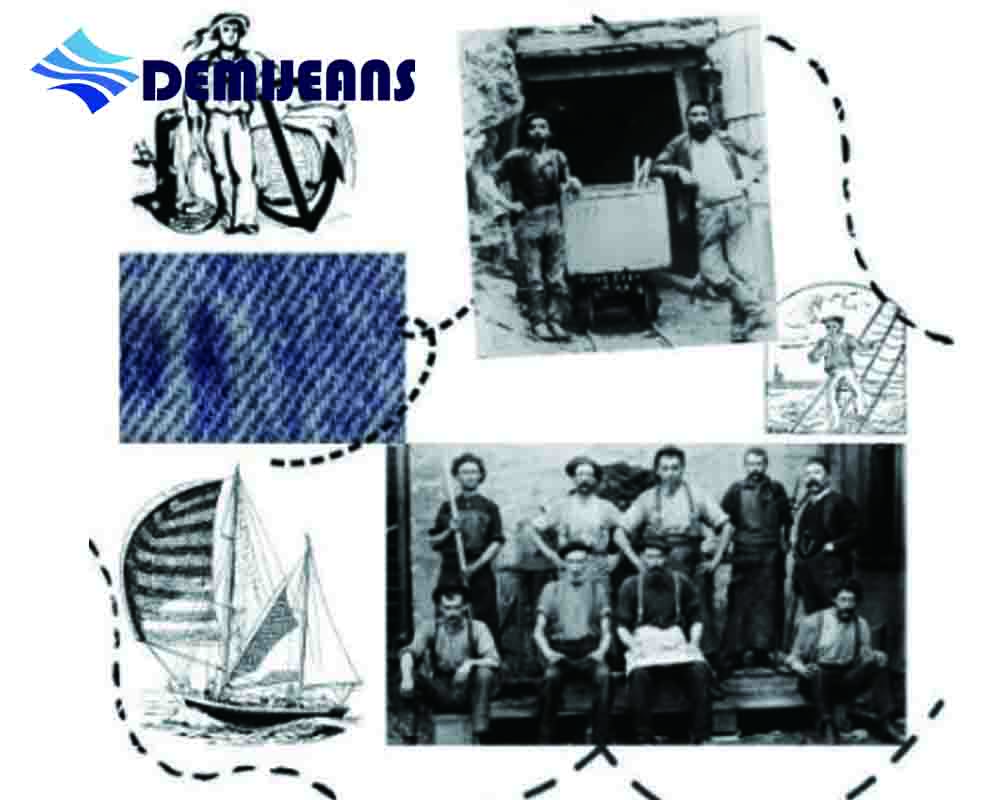The hand finishing of denim is to use design, physics, chemistry, machinery and other methods to make denim fabrics or Denim clothing achieves the feel required by the fashion trends of the time. In the previous traditional denim, "stiffness, roughness, and wildness" were the basic characteristics of its feel. At that time, it was even considered that the best denim effect was to produce jeans that "naturally stand upright on the ground." Density, heavy wefting, and stiff finishing are inevitable requirements for traditional denim production.
Nowadays, the trend of "casual, comfortable and casual" is prevalent. Soft feel, comfortable and environmentally friendly wearing, delicate style, stress relief, and personalized features... have become the mainstream. Denim products are more dazzling and diverse, including not only Products with a soft, skin-friendly feel and basic characteristics of denim have become an important research and development direction. A good hand feel can not only improve the quality of low-end fabrics, but also enhance the value of mid- to high-end fabrics.

Design the feel from changes in denim yarn and fabric weave specifications
The rise of ring spinning is the beginning of the soft feel of denim. Due to the difference in yarn structure, under the same weave specifications, the fabric produced by ring spinning is softer and has a better feel than the fabric produced by open-end spinning. . At present, a large part of denim, especially mid-to-high-end denim, uses ring spinning. At the same time, in the field of coarse-count yarns, there is a trend of siro spinning replacing ordinary ring spinning. Such denim has clearer and clearer texture. The grain effect of the cloth surface is better without losing the good feel.
Three up and down left (right) oblique, two up and down, broken twill (mesh), and plain weave are still the main structures of denim. Softer satin weaves and small jacquard weaves are also used. Although many customers consider the current denim The "dragon and snake" mix of fabric yarns puts forward requirements for the fabric weight per unit area of denim before and after washing, but there are not many thick and heavy high-weft-density products. Therefore, the dominant position in heavy denim weaving, represented by imported Picano looms, has been shaken. Manufacturers with medium and high count, moderate density and rapid variety changes, mainly focusing on yarn-dyed weaving, are becoming more and more popular in the production of medium and high-end denim. These are closely related to the comfortable feel, casual fashion and environmental protection requirements of denim.
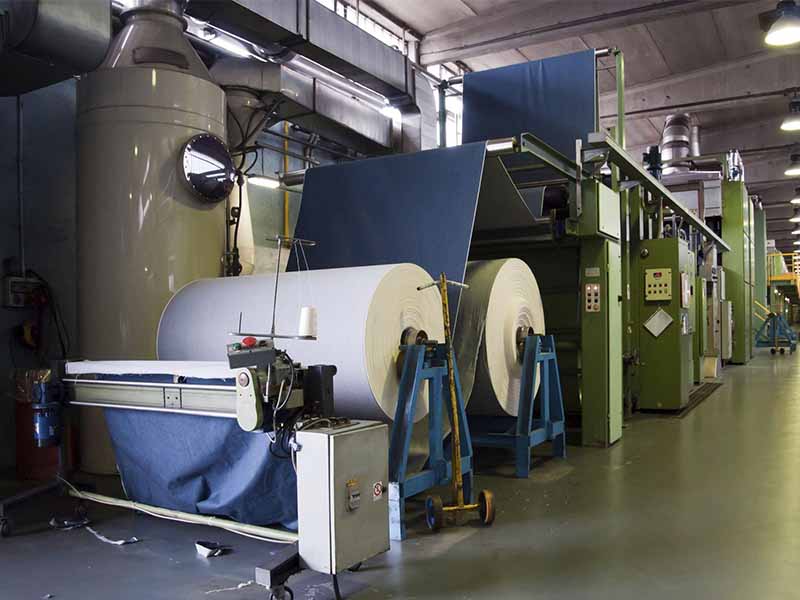
The effect of mercerizing finishing on improving the feel of denim
The popularity of denim mercerization has even become a basic process of denim finishing, which is a watershed in the popularity of denim's soft feel. The basic process of denim mercerization finishing is: "denim gray fabric → brushing → singeing → desizing → mercerization → preshrinking". Due to the thicker yarn count of denim and the lower grade of cotton used, the hairiness, neps, and impurities on the cloth surface Relatively many, this situation can be greatly improved after mercerization; at the same time, according to the action mechanism of caustic soda on cotton fibers, it not only improves the gloss of the cloth surface and clears the texture of the cloth surface, but also greatly improves the feel of the denim. Among them, "desizing" The three processes of ", mercerization and pre-shrinking" can improve the feel of denim the most. Check out our custom denim fabrics to learn more.
Of course, in actual production, formulating different desizing, mercerizing, and preshrinking processes will produce different hand feeling effects. Therefore, the processes, methods, and techniques of the desizing, mercerizing, and preshrinking processes should be designed according to customer or market requirements. and adjustments to obtain appropriate mercerizing effects to meet market needs. This is also the key to the same mercerizing processing factory having different market situations. Generally speaking, factors such as single and double-sided singeing and cleanliness, desizing effect, alkali concentration, time, temperature, washing cleanliness, and preshrinking process have a greater impact on the feel of denim after mercerization.

Subheading
Mechanical finishing of denim
Use mechanical or physical methods to remove or flatten the hairiness, hair particles, particle protrusions and other substances on the surface of the fabric that affect the fabric's feel, so as to make the fabric tissue soft or the yarn fiber structure loose (or tight and smooth), etc., thereby obtaining softness Or a special feel.
Air beating: Let the air flow continuously act on the fabric according to certain requirements. Through the all-round contact between the air flow and the fabric, the air flow and the yarn, and the air flow and the fiber, the tissue structure of the fabric and the fiber structure of the yarn are changed and fine-tuned. , thereby obtaining a special and good feel.
The air flow avoids wrinkles and friction caused by mechanical power on the fabric. Its force on the fabric is both strong and gentle, and will not cause damage to the fabric. By adjusting process parameters to perform various processes, different effects can be obtained.
In actual production, water flow and air flow are used by the combined machine at the same time. This natural "massage and rubbing of water and air flow" can fully penetrate into the fibers of the fabric, and can even make the fabric pass through the fabric through the action and flow of air flow. Moving in the channel for continuous processing and finishing of fabrics. During the fabric transfer process, the airflow tightly wraps the fabric, allowing water and air to fully penetrate the fabric. The core of the fiber can also absorb the airflow and moisture and be puffed. The effect will be more obvious for fabrics with tight tissue, thick yarn count, and high twist yarn. .
Sanding (nap, fleece, etc.): The sanding applied to denim includes carbon sanding, emery sanding, and carbon and emery combined sanding. Different sandings are mainly selected according to different processing requirements of denim. Processing methods, you should pay attention to the following during the sanding process of denim:
(1) According to the structural characteristics of denim, it is best to test the left, middle and right strength of the fabric before sanding, and the requirements should be as consistent as possible. Otherwise, the strength of the fabric will be inconsistent after sanding, causing problems in subsequent processing, especially plain weave. Denim and thin denim.
(2) Denim is a colored fabric that enters the sanding process. Therefore, before sanding, you should check the left, center, right, and front and rear color differences (match differences) of the denim, and keep the strips. Do not enter the sanding process when the color difference is too large, otherwise , the color difference will further expand.
(3) Strengthen the operation and management of sanding and pay attention to some subtle points, such as requiring the cloth cart to be placed parallel to the machine to ensure that the tension of the fabric entering the machine is uniform, etc.
(4) Pay attention to the different characteristics of horizontal and vertical sanding machines. On the vertical sanding machine, if the fabric on the front of the large cylinder is discounted, the tension of the cloth feeding cylinder should be increased appropriately until the discount is eliminated. , ensure that the fabric is evenly wrapped on the large cylinder. If discount occurs later, the tension of the large cylinder must be adjusted. In short, whether vertical or horizontal, the fabric surrounding the sanding roller or large cylinder cannot be discounted.
(5) It is best to sand the denim in large rolls after rolling (blasting), otherwise wrinkles will easily occur, or the moisture content at both ends of the denim is different from that in the middle, which will cause the fabric surface tension to be uneven at both ends and the middle, resulting in There are differences in the sanding effect on the left, middle and right sides.
(6) Relatively speaking, the yarn used in denim is relatively poor. Although the yarn count will be thicker, the strength of the fabric will be lower. Therefore, to deal with the contradiction between the sanding effect and strong damage, it is necessary to ensure Under the premise of fabric strength, consider the sanding effect.
In order to improve the feel and achieve some special processing effects, flocking, raising, fleece and other processing methods are also used in denim finishing, which will not be introduced here.
Calendering: Denim calendering is usually used in conjunction with coating, which is beneficial to improving the flatness and gloss of coated denim, and is also beneficial to saving paint. Generally speaking, pressing the fabric through a high-pressure roller (the rolling pressure is more than 30 tons) or pressing the fabric with a heated roller will squeeze the already thin fabric to the maximum extent and squeeze out the fabric (even fibers) The air in it completely covers the fabric, creating a very special feel. Different pattern rollers are used in conjunction with the calendering rollers on the calender to produce different patterns of denim on denim.
"Cold wind" after washing the clothing: The post-processing (washing) process of denim clothing is actually the process of improving the appearance, color, and feel of the clothing, including fermentation washing, fermentation grinding, stone grinding, sanding, hand rubbing, Wrinkling, spraying, etc. will cause the feel of the clothing to change to varying degrees, with some becoming softer and some becoming harder. The "cooling" of clothing after washing is to obtain a softer feel. After denim clothing undergoes various washing treatments, it is continuously rotated in the tumbler of a dryer (not heated) to improve the feel of the clothing. In fact, , this is the application of the most primitive "air beating" and "mechanical beating" in clothing washing production.
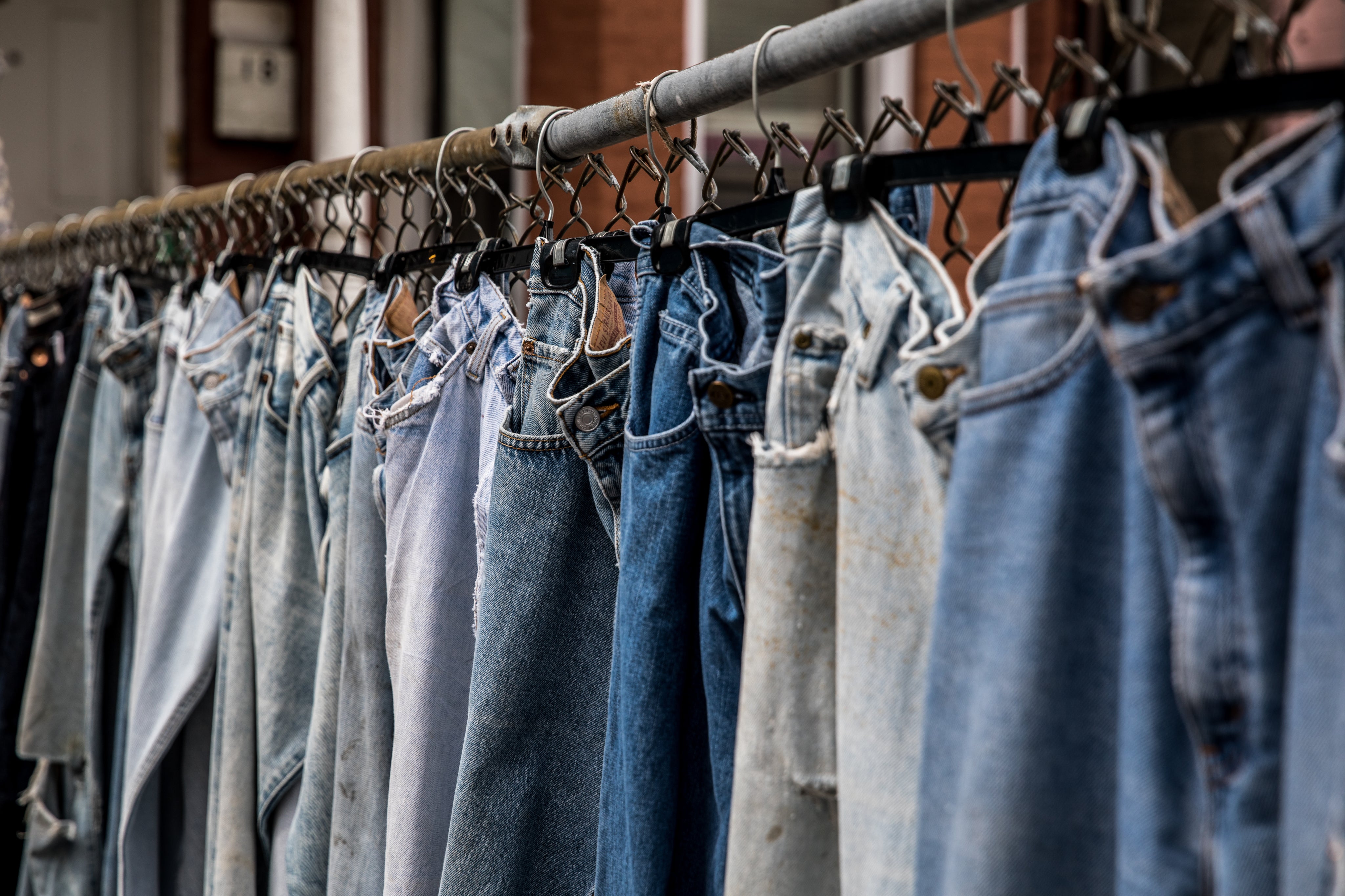
Chemical feel finishing of denim
Chemicals are used to process denim or denim clothing by rolling, pressing, spraying, coating, washing, etc. to achieve the desired feel. For example: use softening agent in the rolling tank in front of the dryer or setting machine; add an appropriate amount of softening agent or silicone oil and other chemicals to the foam wet solution in front of the pre-shrinking machine to obtain denim. The fabric needs the feel or surface effect; special foam finishing equipment is also used to add color, coating (glue) or other chemicals to the denim surface or bottom.
The softener chemicals commonly used in chemical softening and finishing of denim mainly include: fatty acid amides, fatty acid amide derivatives, silicone softeners, modified silicones, silicone oils, special silicones, etc.
In the actual production process, in order to obtain the desired feel of denim, several methods are usually used at the same time, especially in terms of raw materials (such as using Tencel fiber, silk fiber), yarns, and fabric structure. In essence, it plays a fundamental role in improving the feel of denim. The efforts in the finishing process of fabrics and garments will also greatly improve the feel of denim.

